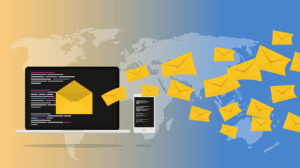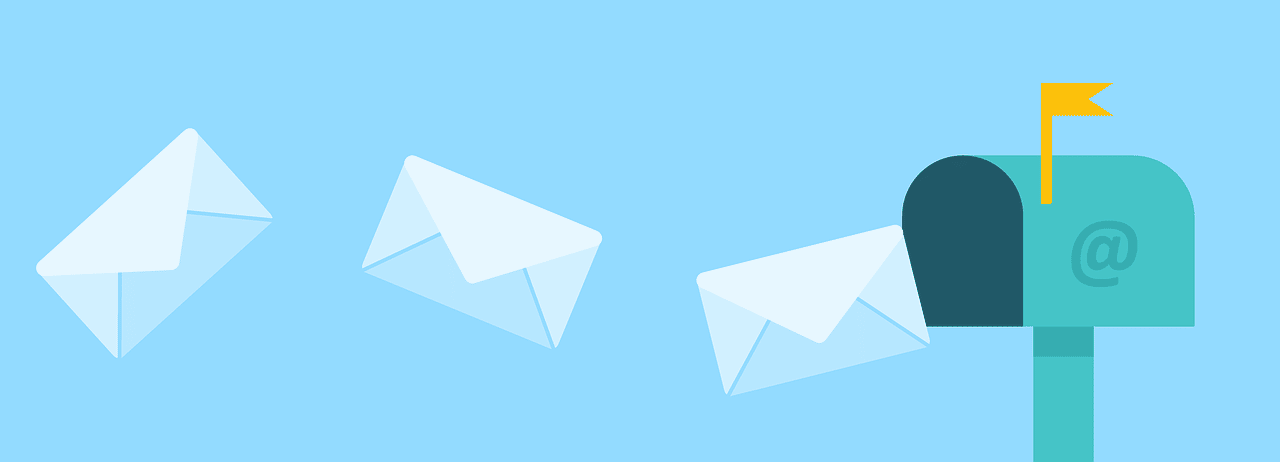No matter the kind of company you’re running, email marketing is one of the essential types of marketing that should not be ignored. Even in the age of social media and rapid digital expansion, seemingly traditional email marketing is still bound to get you plenty of new customers; if you do it right, that is. Without a doubt, the best way to advertise your business is to include email marketing among the techniques you’re using. Thus, it is advantageous to be aware of all the email personalization techniques that can boost your marketing campaign.
Many people make the mistake of thinking that mentioning the name of their potential customers is all the personalization that they will need. Unfortunately for them, they couldn’t be more wrong. If you’re continually mentioning the names of your potential clients in a template and formulaic kind of way, people will see through this technique. And they might even find it to be a bit strange (or even weird or creepy).
Obtaining necessary data
While there are some advanced email personalization techniques that you could be using, if you are a beginner, it is best to start simple. No matter the kind of methods you’re using, though, having the relevant data is always crucial. As most marketing ideas for moving companies depend on such information.

There are a few ways to get ahold of this data. The one that will be the most suitable for beginners involves sign-up forms. Before your potential clients subscribe to your email list, you can ask them to fill a simple sign-up form. It won’t take a lot of their time, and it will provide you with valuable information. That data will be beneficial when it’s time for your moving company marketing to shine. For example, you can ask what’s their occupation, what’s their location, when is their birthday, and other simple questions such as these.
While the answers to these questions won’t necessarily help your moving business per se, they will provide you with the data that you can use to personalize the emails you send. Wishing someone a happy birthday while also including subtle marketing information about your business is more likely to land you new customers.
Email personalization techniques in terms of subject and form fields
Before someone reads your email, the first two things that they’ll notice that stand out the most are the “subject” and “from” fields. On practically all devices and email clients, these two fields are visually distinct from all others – they are the most important and the most noticeable fields. That, in turn, makes them very important when it comes to email personalization techniques.

How to personalize these two fields? Personalizing the subject field is easy – including the recipient’s name in the subject. For example, if you were writing to someone named John, the subject could be: “John, don’t miss our 25 percent discount on storage services this month!” However, as we already said, you shouldn’t use this technique too frequently. If you’ve already exchanged a few different emails with different subjects in a relatively short period, then there’s no need to include the name again. Not doing so will make it seem as if the email is coming from one human being to another, and not from a depersonalized faceless entity.
When it comes to the from the field, if more than one person is handling your email marketing, then make sure that it’s always the same person sending emails to the one specific customer.
[banner]
How to personalize the content of your messages
Now, let’s take a look at the actual content of your emails. For starters, you should know that asking the right questions in your messages is one of the more handy email personalization techniques, no matter the technique’s proficiency level. Asking questions makes customers feel relevant and more connected to your brand; it is one of the brand development strategies that work.
What’s more, with the right questions, you will be able to acquire valuable information that will help you generally improve your business. For example, you can ask how your customers found out about your business (this is important for marketing-related reasons), were they satisfied with your services, and so on.

When it comes to the content of your messages, the second most important among the relevant email personalization techniques for beginners deals with tailoring your emails according to your customers’ interests. To use a storage example once again, if one of your customers had already paid for your storage services, then you can also offer them a bigger storage unit, inform them when there’s a discount on your storage services, and so on. Often, sending these messages to all of your subscribers can actually be counter-productive. On the other hand, targeting just the specific customers can often bring you additional profit.
Add time and date factors to your emails
Finding a way to add time or date to your emails can also prove to be very useful. For example, if you are offering a discount, then make sure to emphasize the date until the said discount will be available. It is not enough to mention the date; you should also do that in a way that your customers can’t miss (for instance, by suggesting it in the subject field).
Adding the date brings a particular urgency to your offer. Customers are more likely to accept this offer when they’re aware that the clock is ticking. That also makes your emails stand out, adding some personality to them and distinguishing them from the generic messages.
All of the techniques we’ve mentioned will make your email marketing more personalized and better in three ways:
- they will make them more relevant;
- it will make them more timely;
- more likely to seem as if they are coming from a real person, rather than from depersonalized business owners.
Utilize them and enjoy the increase in sales and customers!






